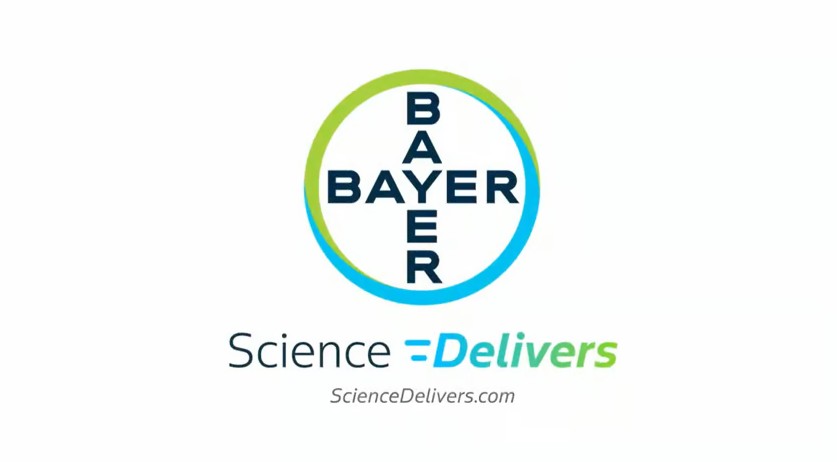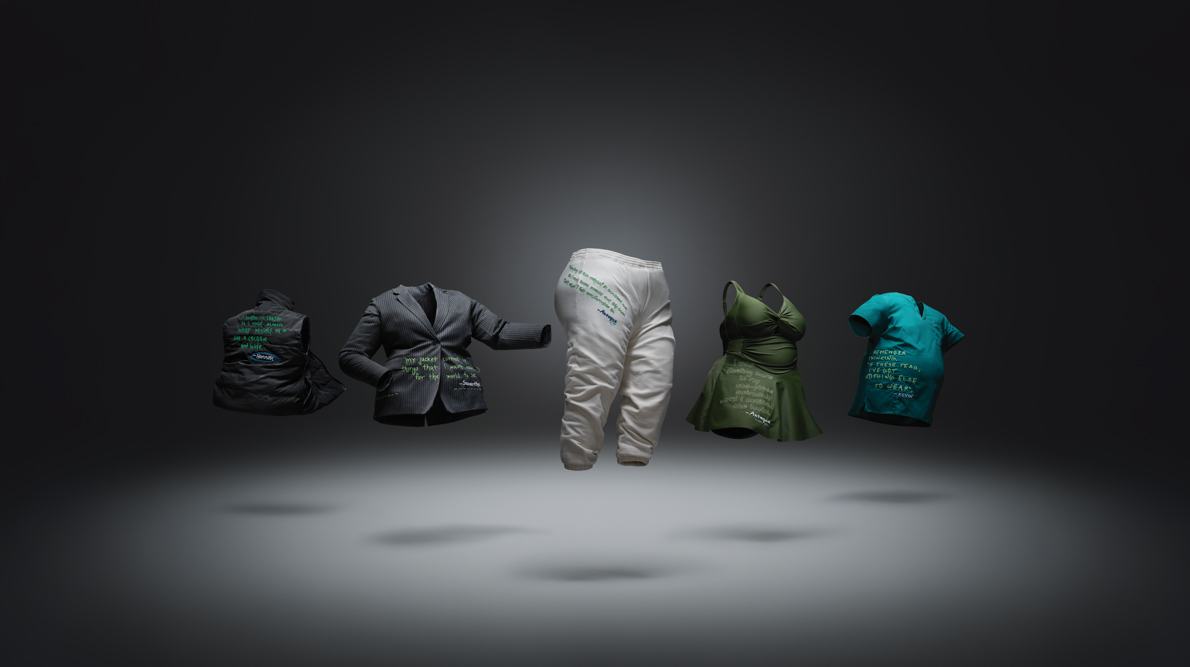Boehringer Ingelheim has announced a major breakthrough following positive topline data from its Phase III FIBRONEER-ILD trial on progressive pulmonary fibrosis (PPF).
The study met its primary endpoint by demonstrating a significant absolute change in forced vital capacity (FVC) at Week 52 compared to placebo. FVC, which measures the total amount of air exhaled during a forceful breath, serves as a key indicator of lung health.
PPF describes a spectrum of interstitial lung diseases marked by relentless lung scarring, declining respiratory function and worsening imaging findings, regardless of cause. Idiopathic pulmonary fibrosis (IPF), the most common form of PPF, typically affects older adults and often leads to respiratory failure within three to five years.
Nerandomilast is Boehringer’s next candidate for PPF and IPF following their FDA-approved treatment, Ofev (nintedanib) — one of only two approved therapies for IPF, alongside pirfenidone.
While nintedanib works by inhibiting multiple receptor tyrosine kinases involved in fibrotic signaling, nerandomilast is an oral compound that functions as a preferential inhibitor of phosphodiesterase 4B (PDE4B) — an enzyme pivotal in triggering inflammatory processes that lead to lung scarring.
By blocking PDE4B, nerandomilast curbs both inflammation and fibrotic progression, directly addressing the core drivers of lung deterioration in IPF and PPF.
XTALKS WEBINAR: Overcoming Challenges in Clinical Trial Completion
Live and On-Demand: Wednesday, March 19, 2025, at 10:30am EDT (3:30pm CET/EU-Central)
Register for this free webinar to transform challenges into opportunities and optimize the crucial final stages of clinical trials.
Building on its earlier development as BI 1015550, nerandomilast first demonstrated promising antifibrotic and anti-inflammatory effects in a Phase II trial of 147 patients with IPF. The FIBRONEER-ILD trial enrolled 1,178 patients across more than 40 countries and over 400 locations. Participants were randomized to receive either a lower dose (9 mg twice daily) or a higher dose (18 mg twice daily) of nerandomilast, or a placebo, over at least 52 weeks.
The primary endpoint focused on the change from baseline in FVC measured in milliliters. Additionally, key secondary endpoints evaluated the time to the first occurrence of an acute exacerbation, hospitalization due to respiratory causes or death.
Early safety and tolerability data from this Phase III trial are consistent with earlier Phase II results, with adverse events comparable to those in the placebo group.
Encouraged by the Phase III findings, Boehringer Ingelheim is preparing to submit a new drug application for nerandomilast.
Recent advances highlight a broader wave of innovation in pulmonary fibrosis research.
Arrowhead Pharmaceuticals recently finalized a global collaboration with Sarepta Therapeutics to advance ARO-MMP7, targeting MMP7 levels in IPF, now in Phase I/II studies.
In a separate effort, Insilico Medicine reported positive topline results from its Phase IIa trial of ISM001-055 — a TNIK inhibitor developed using generative AI — which demonstrated a dose-dependent improvement in FVC over 12 weeks.
Similarly, Mediar Therapeutics entered a global licensing agreement with Eli Lilly to advance MTX-463, a first-in-class human IgG1 antibody that neutralizes WISP1-mediated fibrotic signaling, into a Phase II trial.
While several candidates have been under investigation, not all have progressed smoothly; for example, Pliant Therapeutics’ BEACON-IPF Phase IIb trial of bexotegrast is temporarily paused, underscoring the challenges in developing effective IPF therapies.












Join or login to leave a comment
JOIN LOGIN